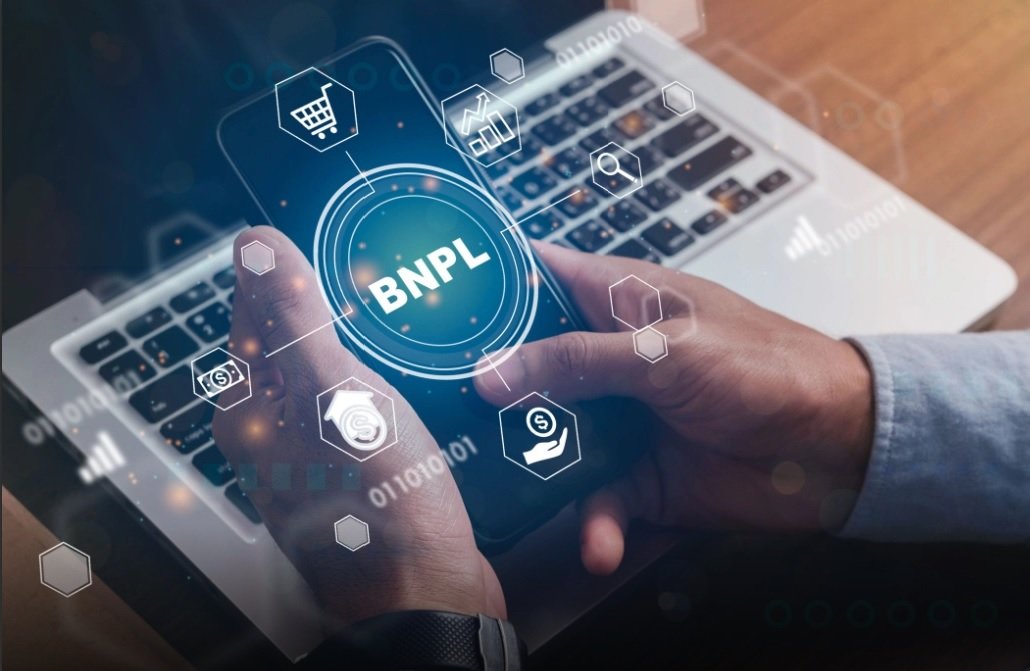The financial technology space doesn’t stand still — and neither do consumer habits. What started as “Buy Now, Pay Later” (BNPL) a few years ago has now morphed into a smarter, more personalized version: Adaptive Embedded Subscriptions (AES). While BNPL disrupted how consumers financed short-term purchases, AES is redefining how people access products, services, and credit on a recurring basis — while deeply embedding finance into everyday life.
AES is not just a payment method; it’s an ecosystem. It uses real-time data, AI, and embedded finance infrastructure to automatically adjust subscription pricing, payment frequency, and credit terms based on user behavior and financial health. For businesses, AES offers recurring revenue with reduced churn; for customers, it promises flexibility without debt traps.
Let’s break down the journey from BNPL to AES, explore the mechanics, and examine how it’s reshaping the consumer economy.
The Evolution: From BNPL to AES
🔸 BNPL’s Original Promise
BNPL emerged as a disruptor — giving customers the ability to split a purchase into multiple interest-free installments. It thrived on the back of e-commerce growth, targeting younger shoppers who valued convenience over traditional credit cards.
🔸 The Limitations of BNPL
While wildly popular, BNPL had flaws: overspending risks, lack of long-term affordability checks, and a narrow focus on one-time purchases. It wasn’t flexible for recurring payments or long-term services. Regulators also started tightening rules, forcing BNPL players to rethink their models.
🔸 The AES Shift
AES takes BNPL’s flexibility and applies it to subscriptions, services, and even product bundles — powered by AI-driven adjustments. It doesn’t just offer “buy now, pay later” but “subscribe now, pay adaptively,” with built-in affordability checks and personalization.
How AES Works in Practice
🔸 Real-Time Credit Assessment
AES platforms assess a customer’s payment capacity in real time using open banking data, spending history, and income patterns. This ensures credit is extended responsibly without over-leveraging the user.
🔸 Dynamic Payment Adjustments
If a customer’s income fluctuates, AES can automatically reduce subscription fees or extend payment cycles — preventing defaults and keeping the customer engaged.
🔸 Embedded in Everyday Platforms
AES doesn’t require customers to visit a bank or third-party lender. Instead, finance is built directly into the platforms they already use — streaming apps, SaaS tools, fitness memberships, and even car leasing services.
🔸 Value-Linked Billing
In some AES models, payment amounts are tied to usage or results — e.g., a fitness subscription where you pay less in months you train less.
Why AES Is a Game-Changer for Consumers
🔸 Flexibility Without Penalty
Unlike rigid subscription contracts, AES lets users pause, scale down, or shift payment dates without heavy penalties.
🔸 Financial Wellness Integration
AES can sync with personal finance apps to help users track their spending and stay within healthy debt limits.
🔸 Access Over Ownership
AES fits into the “subscription economy” where consumers value access (streaming, ride-sharing, shared workspaces) over outright ownership.
Why Businesses Are Jumping on AES
🔸 Predictable Recurring Revenue
Subscriptions are already a stable business model; AES makes them even more secure by reducing churn through adaptive payment models.
🔸 Lower Default Rates
By adjusting payment terms to customer reality, AES lowers the risk of unpaid bills.
🔸 Deeper Customer Insights
The data collected through AES transactions can fuel personalized offers, loyalty programs, and cross-sell opportunities.
Challenges & Risks in the AES Model
🔸 Data Privacy Concerns
AES runs on constant data collection — a red flag for privacy-conscious consumers. Regulators will likely scrutinize this closely.
🔸 Over-Automation Risks
Relying too much on algorithms to adjust payments could cause unexpected changes for customers, hurting trust.
🔸 Regulatory Complexity
Since AES straddles both credit and subscription services, it could be subject to overlapping rules from financial and consumer protection bodies.
The Future: AES as the Default Finance Model
AES is likely to grow beyond retail and streaming into:
🔸 Healthcare subscriptions — Adaptive billing for medical plans and treatments.
🔸 Automotive — Flexible payments for EV leases based on mileage or usage.
🔸 B2B SaaS — Businesses paying software subscriptions that scale with their active user base or performance metrics.
With AI, IoT, and blockchain integration, AES could even enable micro-subscriptions — paying per minute for digital tools, cloud storage, or energy usage.
Conclusion
AES represents the natural next step in the fintech evolution. It combines the convenience of BNPL with the stickiness of subscriptions and the intelligence of adaptive finance. If BNPL was the appetizer, AES is the main course — one that could reshape not only consumer payments but also the entire recurring revenue economy.
The winners in this space will be those who balance flexibility, personalization, and trust, while navigating the privacy and regulatory minefields. For consumers, AES could mean greater freedom; for businesses, it’s a goldmine of loyalty and data.




